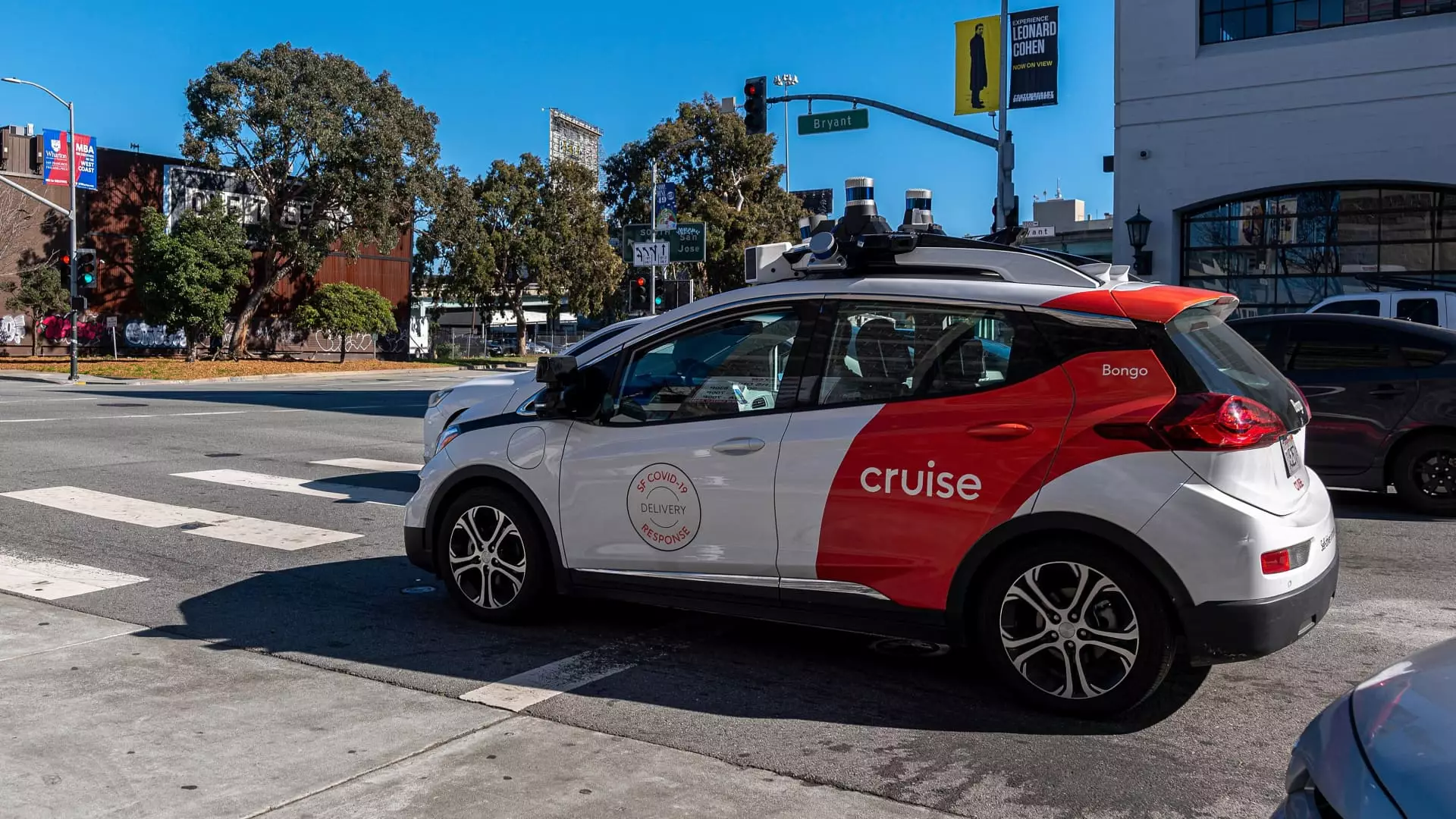After a hiatus since October, General Motors’ Cruise self-driving vehicle unit is set to redeploy cars on U.S. roadways starting with a small fleet of human-driven vehicles in Phoenix. The decision to relaunch comes following an unfortunate accident that occurred on October 2nd in San Francisco when a pedestrian was dragged by a Cruise robotaxi after being hit by another vehicle. The vehicles will not resume their previous operation as robotaxis but will instead focus on creating maps and gathering road information in selected cities, with Phoenix being the first on the list.
Cruise has expressed its goal to eventually resume driverless operations; however, the company has not given a specific timeline for this transition. Furthermore, there has been no announcement regarding the expansion of human-driven vehicles to other cities as of yet. According to a spokesperson, there has been no commitment made on when or where supervised or driverless operations will begin. The relaunch with human drivers is perceived as a crucial step in validating the self-driving systems as Cruise works towards reinstating its driverless mission.
In a blog post, Cruise stated that the decision to pause operations in October 2023 was motivated by the need to rebuild trust with regulators and the communities they serve, as well as to enhance their safety protocols. They have made significant progress under new leadership, guidance from third-party experts, and a strengthened partnership with local communities where their vehicles operate. Cruise is steadfast in their commitment to continual improvement in safety measures.
A third-party investigation into the October incident uncovered culture issues, incompetence, and ineffective leadership as the primary causes of regulatory oversights that led to the accident. Allegations of a cover-up by Cruise leadership were also examined, but no evidence was found to support these claims. Cruise has accepted the findings of the report and is prepared to act on all recommendations to rectify the situation. The company is fully cooperating with state and federal agencies in their investigations, including the California DMV, the California Public Utilities Commission, the National Highway Traffic Safety Administration, the U.S. Department of Justice, and the Securities and Exchange Commission.
In addition to the accident and operational pause, Cruise has undergone significant leadership changes. Co-founders, including CEO Kyle Vogt, have resigned, and nine other leaders were removed from their positions. The company also downsized its workforce by 24% and terminated a group of contractors, reflecting a restructuring effort to address the issues highlighted by the investigation.
Overall, the relaunch of GM’s Cruise self-driving vehicles marks a pivotal moment for the company as they navigate through the aftermath of the October incident. With a renewed focus on transparency, safety, and community partnerships, Cruise is striving to regain trust and credibility in the self-driving industry. The road ahead may be challenging, but Cruise’s commitment to improvement and accountability is evident in their actions.

